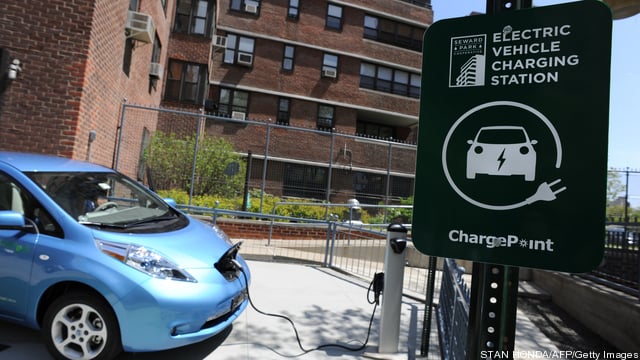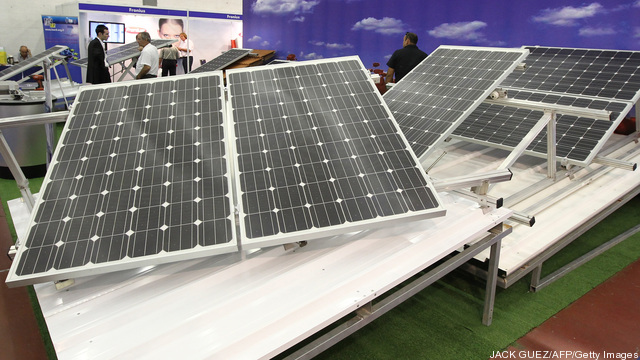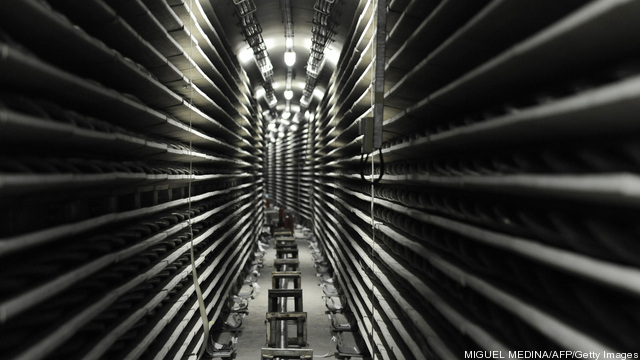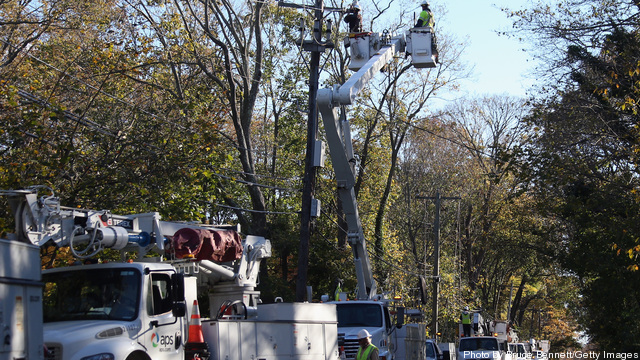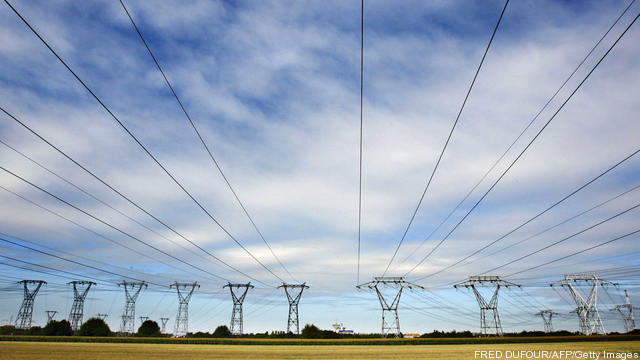Quick Take: Australian developer and system integrator DiUS has published a report documenting the results from a six-month pilot of smart charging — the process of letting the utility remotely control when and how fast electric vehicles (EVs) are charged. Happily, the pilot in the Australian state of Victoria was a success, showing clear benefits both… Keep reading →
Transmission
Successful Smart Charging Pilot Shows Value to Utilities and Customers
By Smart Grid NewsSign up and get Breaking Energy news in your inbox.
We will never sell or share your information without your consent. See our privacy policy.The New York Times is reporting that China’s People’s Liberation Army has resumed its attacks against Western targets after a three-month hiatus. Shanghai-based Unit 61398 is back in business, says the Times, albeit using different techniques. Past attacks have sought intellectual property and government documents, including blueprints, manufacturing plans, pricing documents, and other proprietary information, mostly from… Keep reading →
Quick Take: I can’t think of a time when electric power reliability has been such a mainstream issue. Even President Obama is in on it, as you’ll read below. Given the interest from policymakers and the public, I hope our industry can use this opportunity to make the case for the money we need to… Keep reading →
The United States has received yet another disappointing mark for overall performance, this time in the energy infrastructure sector. The American Society of Civil Engineers’ (ASCE) 2013 report card for America’s Infrastructure gave the US a D+ for Energy Infrastructure, stressing the need for a national energy policy that adapts to future energy needs, a… Keep reading →

Judging from a DOE analysis of smart grid projects, spending on Smart Grid Investment Grants and Smart Grid Demonstration Programs is more than paying off. As of March 2012, the $2.9 billion spent on projects has yielded a total economic output of $6.8 billion.
Also, the analysis indicated that high tech, industrial and service businesses usually involved in smart grid projects record higher than average labor income and boost job numbers in the economy through “indirect and induced mechanisms.” Keep reading →
A miniature version of this scenario took place earlier this week in Silicon Valley. It prompts me to remind utilities not to let the current emphasis on cybersecurity cause them to overlook the very real and important issues around physical security. – Jesse Berst
Quick Take: A few years back, a friend of mine served on a Department of Homeland Security committee on infrastructure protection. They heard lots about cyber threats. But the thing that worried them the most was the “Seven Bullets Theory.” That’s the idea that a terrorist group could shut down the entire East Coast grid with just seven well-placed bullets at seven different substations.
The sector will grow 9% per year
Quick Take:You’ll pull several insights from the new research report described and linked below. Note that they predict:
Asia will lead the way
Smart grid will be one of the key sectors along with transportation Keep reading →

While there are some nagging questions, Texas is spending $6.8 billion on new transmission lines to deliver electricity from wind farms in West Texas to its major metro areas such as Austin, Dallas, Houston and San Antonio.
And while it’s certainly a plus for the state, its economy and jobs, that transmission investment also is attracting developers who plan to spend $3.3 billion on new wind farms that will generate 1,633 MW of new capacity in the next two years, according to a story in Sustainable Business. Keep reading →

Power markets have always been a complex proposition, perhaps especially so in the places where they could do the most good. How to price the creation and delivery of a commodity that can’t be stored, is technologically complex to ship and often dirty to create where it isn’t unreliable?
Transmission is the central component of the traditional power market. The lines and towers are the only thing that can make power flow from lower priced areas to higher priced areas, and as part of managing access the administrators of these markets have begun to charge for Congestion Revenue Rights. In California, those CRRs have become a major market, with banks, trading houses and power marketing firms all getting in on the action since trading began in 2009. Keep reading →
